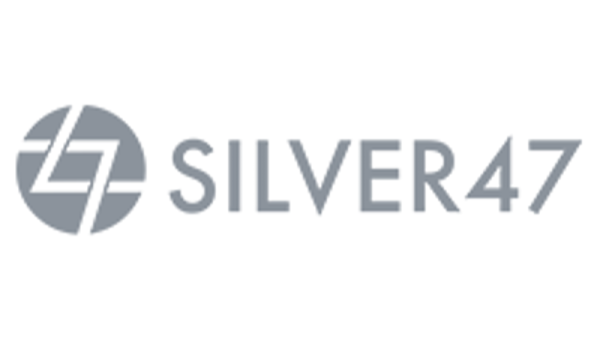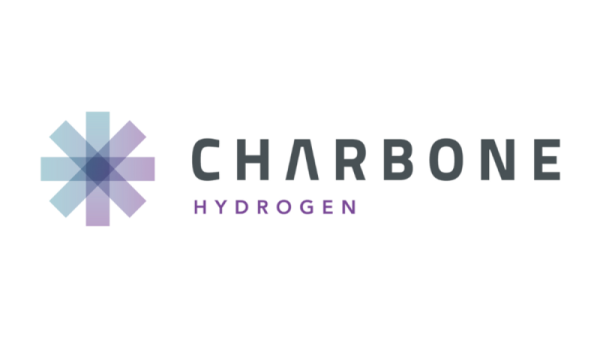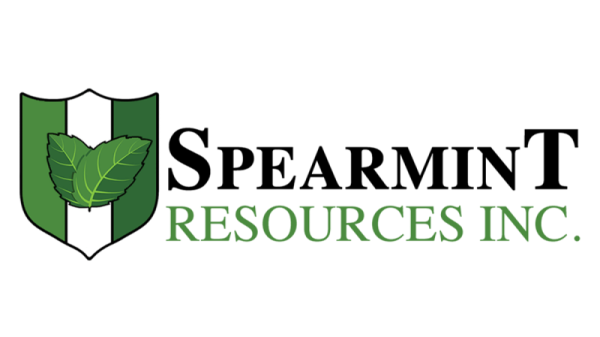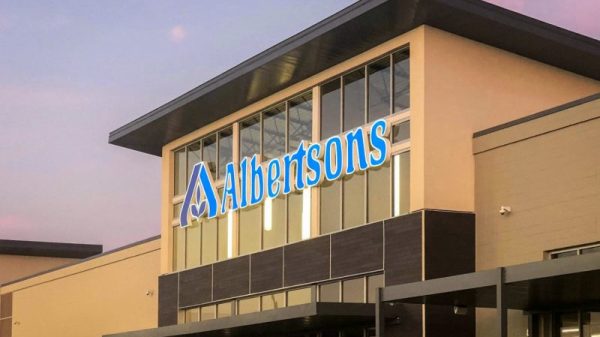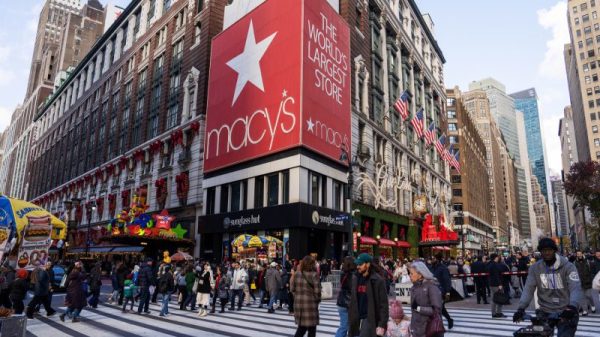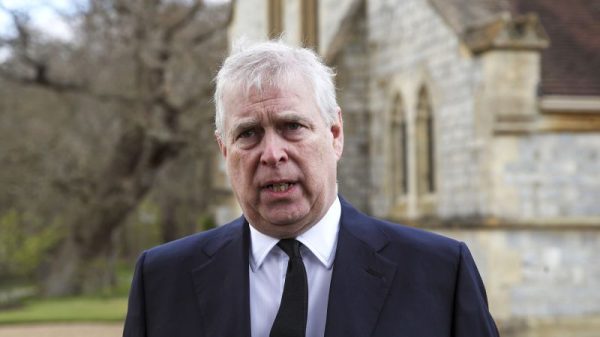Since OpenAI launched ChatGPT to the public in November 2022, artificial intelligence (AI) has exploded into the mainstream, turning into a gold mine for companies that have become early adopters.
What are the implications of AI for the mining sector? Can AI help revitalize investment in the chronically underfunded exploration stage? Can it provide the tools companies need to improve operational efficiency?
This year at the Prospectors & Developers Association of Canada (PDAC) convention, AI and machine learning were broadly featured in several presentations, with participants aiming to answer those and other questions, as well as provide insight into how AI is being deployed and what it means for the future of the mining industry.
Mining sector no stranger to technology
Terms like AI and machine learning might seem like they’ve exploded onto the scene recently, but the reality is they’ve been around since the 1940s. So it should come as no surprise that an industry rooted in science has been using these technologies for decades, not only to improve extraction and processing, but also to aid in discovery.
This idea was discussed during a PDAC panel hosted by Steve de Jong, CEO of AI company VRIFY.
Chris Taylor, former president and CEO of Great Bear Resources, which was acquired by Kinross Gold (TSX:K,NYSE:KGC) in 2022, said the company’s use of machine learning tools was instrumental in making the district-scale discovery of the Dixie gold deposit in Ontario, which sent waves through the industry in the late 2010s.
Taylor said he believed he was included on the panel to provide a contrarian point of view.
“Every geologist that I know, every person that was instrumental in the Great Bear discovery, was already doing both computer modeling and interpretation and traditional field geology. So it’s not like there’s a dichotomy. These are tools that we’ve been using for a long time,’ he explained to listeners.
Specifically, geographic information system (GIS) programs such as Esri’s ArcGIS have been used by the mining industry to help model and visualize exploration data since the mid-1980s. Taylor detailed how the tools used by Great Bear worked by having a geologist input a mathematical equation into GIS software.
“It all came down to the brain of the geologist and what factors you thought were most important. So you’d build an equation, and you’d wait for the equation and that would give you a number answer of zero or one,” he said. The results would help build a model that would provide the most prospective targets on the property.
How is the mining industry using AI today?
The data modeling tools used by Great Bear are still widely employed in the mining industry, but are beginning a new phase of evolution as AI and machine learning are more widely adopted and more closely integrated into GIS tools.
While some resource companies have approached AI cautiously, preferring to stick with the standard methods of exploration they are accustomed to, others have embraced the technology.
With backing from the likes of billionaires Bill Gates and Jeff Bezos, privately owned KoBold Metals has taken the second approach. In fact, the exploration company has been mistaken for a tech company due to the software side of its operations and its close connection with Silicon Valley capital. Even so, KoBold is emphatic that it is an exploration company first — just one that has fully integrated machine learning into its processes.
The company, which currently holds interests in more than 60 projects, made headlines in December 2022, when it agreed to pay US$115 million to EMR Capital, a private equity firm with an 80 percent stake in the Lubambe copper mine in Zambia. In return, Kobold received a 52 percent stake in the Lubambe extension project, which is now known as the Mingomba deposit. As part of the agreement, the company also committed to investing an additional US$35 million for exploration work at the site, which it has been carrying out since then.
In February of this year, KoBold confirmed that Mingomba hosts a large resource, calling it the largest copper discovery in a century, and said it intends to fast track mine development at the site.
Some media reports have credited the discovery to the team’s software. However, KoBold’s co-founder and CEO, Kurt House, who was also part of the VRIFY panel, described it as part of a larger process. KoBold’s software is a type of machine learning called a neural net — a set of processing nodes modeled after the human brain — that can put together a model based on billions of parameters. This requires integrated teams that provide the AI with enhanced data from drill results plus broader geological data, which it then uses to better target resource deposits.
“Every exploration program we have worldwide is co-led by a geoscientist and a data scientist, every single one,” House said at PDAC. “They’re glued together.” This is in contrast to the standard exploration process, whereby a more limited set of parameters would be fed to a GIS program by a geoscientist without the aid of a data scientist.
VRIFY’s de Jong was similarly positive about how AI tools have evolved in the mining space.
In 2017, his company began the development of its namesake tool, which allowed improved communication between companies and their investors. The program uses AI to aid in the production of presentations that marry easy-to-read data on exploration activities, financials and company activities with intuitive 3D models of deposits and drill sites. Since then, VRIFY has gone on to be used by 180 companies in the mining industry.
De Jong said VRIFY’s approach differs from KoBold’s; it’s more granular and works by applying a company’s own data sets to VRIFY’s trained AI model to see patterns and identify mineralization that might otherwise be missed.
“If I give you a database, even if it’s just drill holes or rock samples from the surface, but there are positive assay hits of the type of mineral you’re looking for within that, then we can take that, then grab every other data set available and train it to look for more occurrences of those positive hits,” he explained.
So far, de Jong said the tools have revealed targets that are encouraging, and he’s excited about the next steps when companies go out to drill the areas identified by VRIFY’s tool and begin to validate the data.
What does AI mean for mining investors?
Mining industry investment has lagged for many years now. While the rewards of exploration have the potential to be high, the risks are even higher. In the “Where Will the Money Come From?” panel at PDAC, Franco-Nevada (TSX:FNV,NYSE:FNV) Founder and Chair Emeritus Pierre Lassonde explained how rare successful projects are.
“I took a 10 year span from 1983 to 1993 and looked at 3,000 exploration companies and what happened to them,” he told the audience at the convention. “Of those 3,000, only five companies actually delivered mines that opened and made money. The ratio is appalling, and it got worse in the last 20 years.”
Lassonde went on to discuss how AI has the potential to revolutionize the exploration process, but added the caveat that to be effective it needs vast amounts of data gleaned from drill programs and assay results, making it less accessible for the earliest-stage explorers or those operating in underexplored regions.
“AI is going to help incredibly, but you have to understand that AI is fed by data,” he said. “So if you have a project that already has 300,000 meters of drilling, AI is going to be incredibly useful to you because you’re feeding it massive amounts of information, and it will be helpful. But if you have a totally new discovery with two drill holes, it’s not going to be very helpful because it has no information.”
In the VRIFY panel, Taylor spoke about how AI tools are helping make operations more efficient, which in turn leads to lower costs and ultimately provides investors with better returns. “What it will do is put the power back in the exploration geologist to make those decisions efficiently, and keep that return coming for investors,” he said.
For de Jong, efficiency is more of a by-product of AI’s true potential, which is helping companies maximize their chance at making a greater discovery, whether it’s aiding in resource expansion or finding a completely unknown deposit.
Of course, it’s not just exploration that is benefiting from what AI and machine learning have to offer.
During another PDAC presentation, Denise Johnson, a group president at Caterpillar (NYSE:CAT), talked about how the company has been investing in new technologies like battery electric mining vehicles and AI.
On the production side, Johnson painted a picture of how companies are already deploying AI to operate mines more efficiently, decrease mining waste and ultimately drive productivity.
She said leveraging AI at remote mining sites can be particularly advantageous, noting that optimization is essential when getting labor and equipment to challenging locations. “We’re focused right now also on combining data and sensors and intelligence to really improve the understanding of the orebody so that customers can make more precise real-time decisions, which really enables that end-to-end value chain optimization,” she said.
Whether AI improves operational efficiency, unlocks greater value from resources or both, the end result is a benefit to investors as it helps reduce risk in a naturally high-risk part of the industry.
That’s one reason why de Jong sees early adopters in the industry faring well compared to their counterparts who continue on a more standard path to exploration.
“I do think you’re going to see the companies that are out there and loudly embracing this start to get a premium in the market, because investors are going to say, ‘This is a tool that’s going to help you increase the potential (return on investment) on every dollar that I invest in your company. Why wouldn’t I reward you for that in the market?’” he said.
However, like Lassonde, de Jong noted that AI isn’t a panacea that can come in and magically find targets — it still takes work and data and time to develop tools. When asked how investors can determine if companies are just trying to ride the attention AI has been getting without properly employing the technology, he was straightforward.
“The best way to tell if someone’s just looking for buzzwords and to kind of pump a share price versus actually doing something or standing behind it is whether or not they’re drilling those targets,” he said.
Right now, AI seems to be making inroads in mining. If it holds even half the potential its proponents suggest, it should aid in driving discovery and attracting new investment to an industry that has lacked both for some time.
Securities Disclosure: I, Dean Belder, hold no direct investment interest in any company mentioned in this article.

